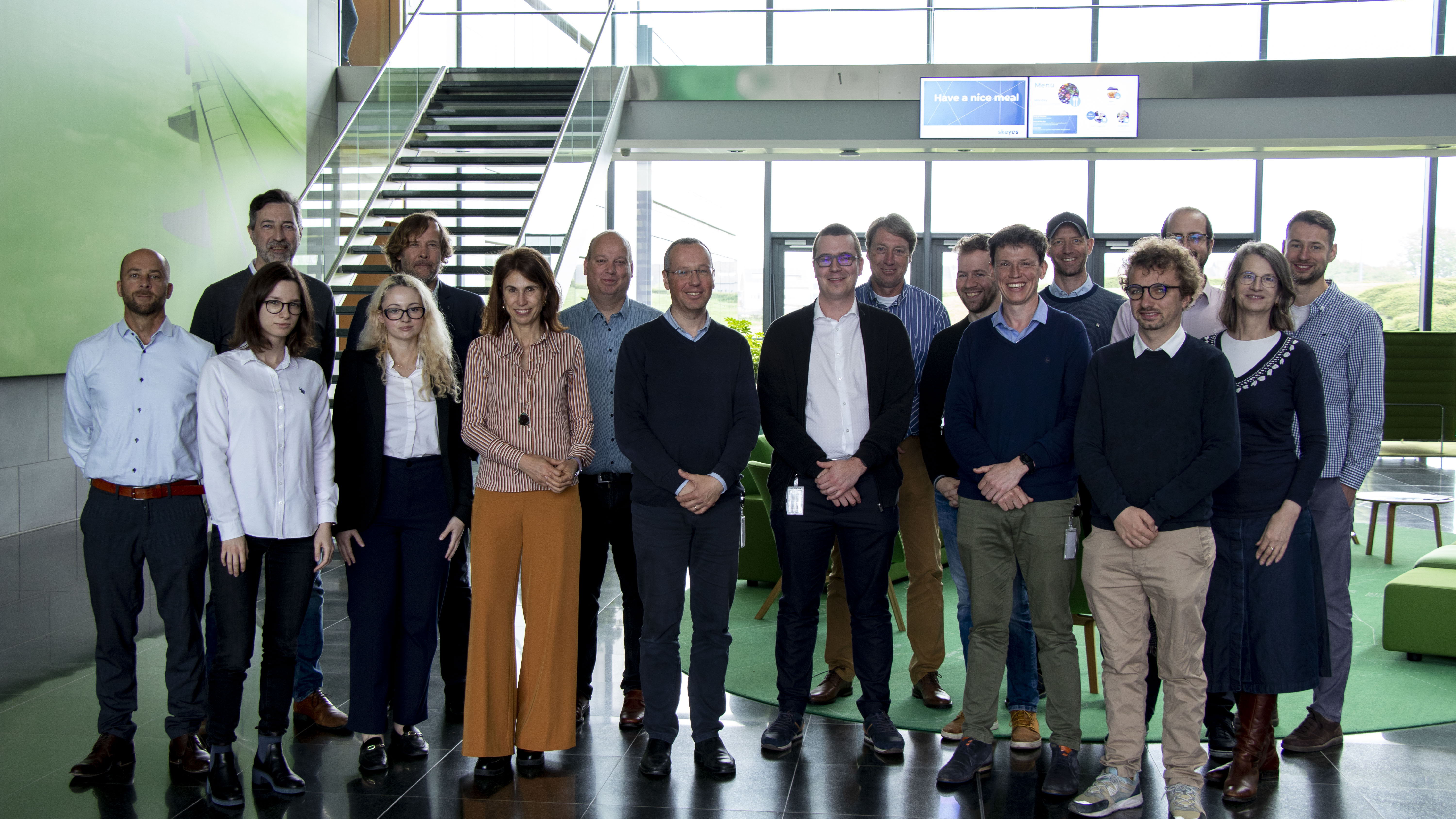skeyes and Brussels Airport work together on a new landing procedure that can reduce environmental footprint of aviation

Brussels Airport and skeyes are investing together in research to develop new landing procedures that can improve the local environmental quality. The research that will be conducted by skeyes and Brussels Airport, with the support of Eurocontrol, is one of the components of the HERON project, led by Airbus. This project will analyse whether landings with steeper descent gradients have an advantage in terms of reducing the local noise impact, as well as CO2 emissions and fuel consumption.
skeyes and Brussels Airport have been involved for years in projects of the SESAR programme (Single European Sky ATM Research), the technological pillar of the Single European Sky. The SESAR programme aims to improve airspace management by modernising and harmonising Air Traffic Management technologies and systems. In this context,they both joined the "Highly Efficient Green Operations (HERON)" project.
HERON is led by Airbus and aims to carry out a series of ambitious developments and tests to reduce noise, flight delays, fuel consumption and CO2 emissions from air transport by proposing reduction measures, including more efficient flight operations. HERON includes 26 partners from 11 countries and will be supported by 6 airlines, 8 Air Navigation Service providers and 5 airports from all across Europe.
skeyes and Brussels Airport Company will contribute to the project by validating operational flight demonstrations of green approaches by introducing "Increased Second Glide Slopes (ISGS)" on two runways. (Approaches at a descent angle of 3.2 - 3.5 degrees instead of 3.0 degrees, see figure below.). Increased Second Glide Slopes (ISGS) is an operational solution validated in the SESAR programme and aims to provide benefits in terms of noise impact and, to a lesser extent, fuel consumption. This will be the first time it will be tested in a fully operational environment.

skeyes and Brussels Airport, as well as TUI fly, DHL and Brussels airlines, who have expressed their explicit support to the project, met for the first time at skeyes for the kick-off of the project and to define the schedule for the real-life demonstrations at Brussels Airport. These demonstrations will take place in 2024.
skeyes
Brussels Airport Press Office